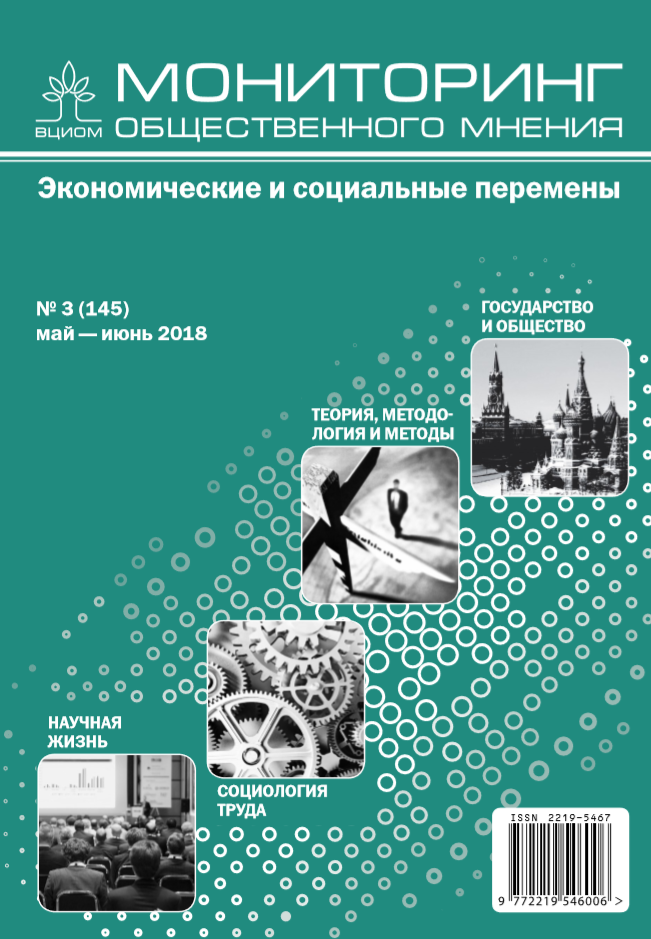Affective components of electoral behavior: design and validity of visual association test of attitude
DOI:
https://doi.org/10.14515/monitoring.2018.3.01Keywords:
economic man, economic behavior, utility maximization, electoral behavior, electoral forecasting, theory of reasoned action, theory of planned behavior, theory of attitude, Etkind’s color test of attitudes, Markert’s test, visual association test of attitudeAbstract
A key trend in the modern social sciences is a deeper understanding of high level of structural complexity of the factors influencing human — ‘economic man’: all possible motives of human behavior are limited to maximization of utility of available resources. Interestingly, electoral behavior is still considered as a special case of ‘economic behavior’ as the only voters’ motive behind the act of voting is conscious pursuit of self-interest.On closer examination, it turns out that the assumption has no transparent grounds and it is still used mechanically despite numerous ‘inconvenient’ empirical facts. The paper explores theoretical restrictions of the applications of the economic behavior model to electoral choices. Rich empirical evidence used in the article show that there are wide areas where human behavior cannot be explained in terms of reasonably motivated search of ‘the best outcome’. The author has designed a special test to gather empirical evidence its description, mechanism and the approach used to interpret the results are published for the first time.






